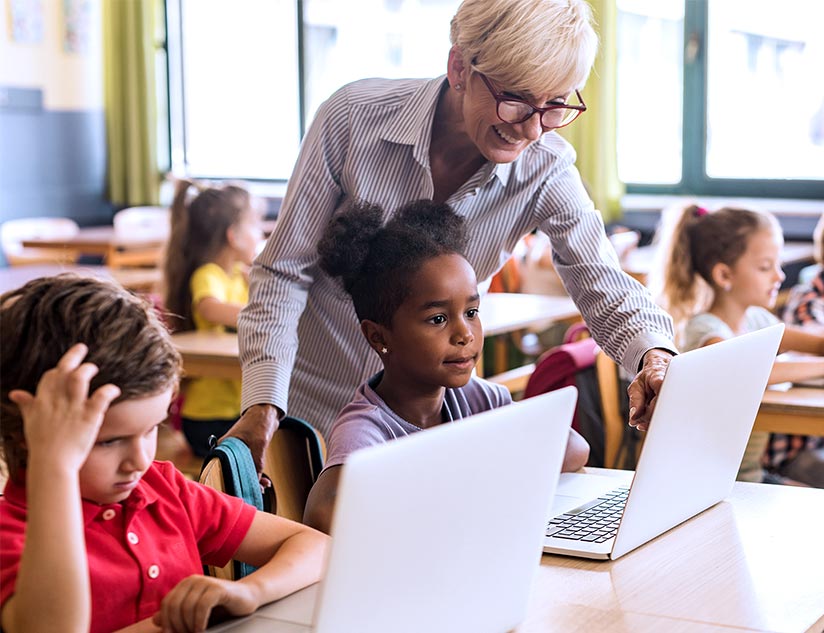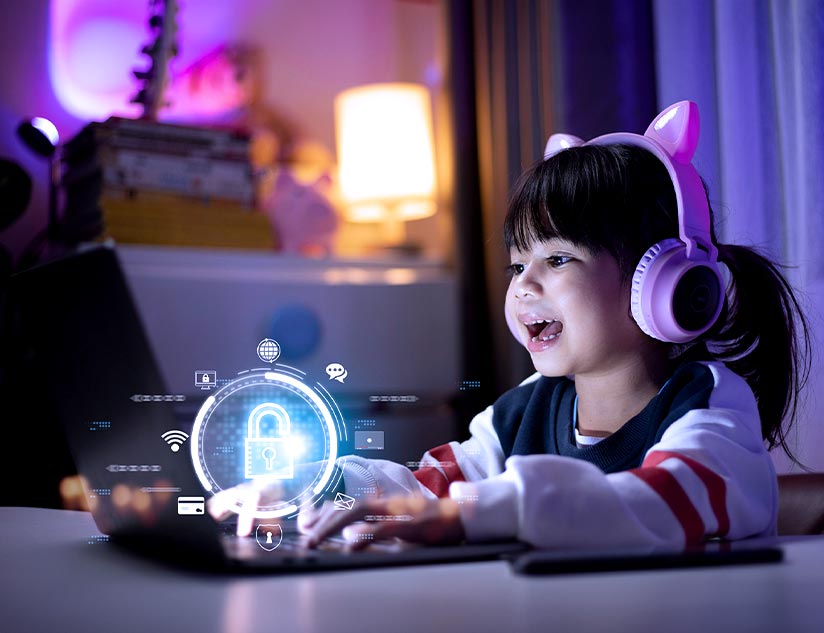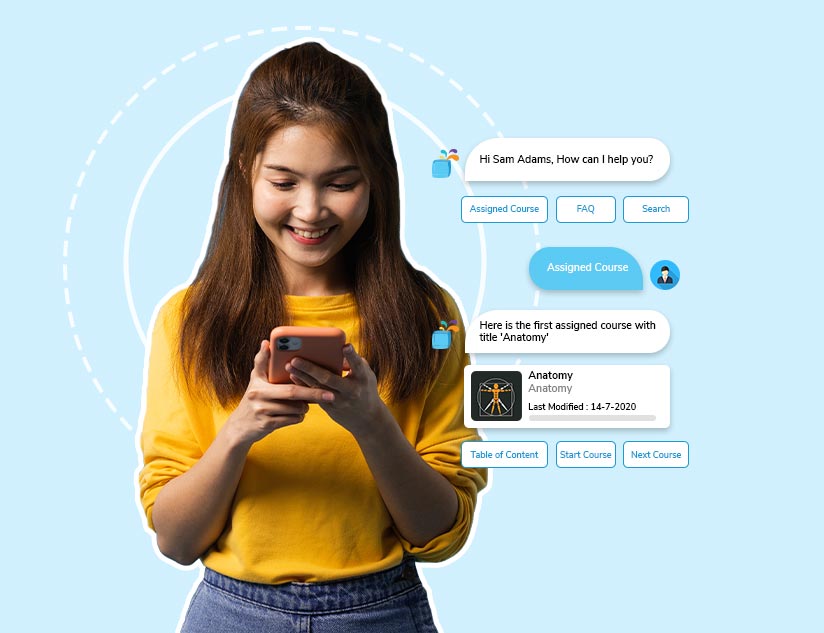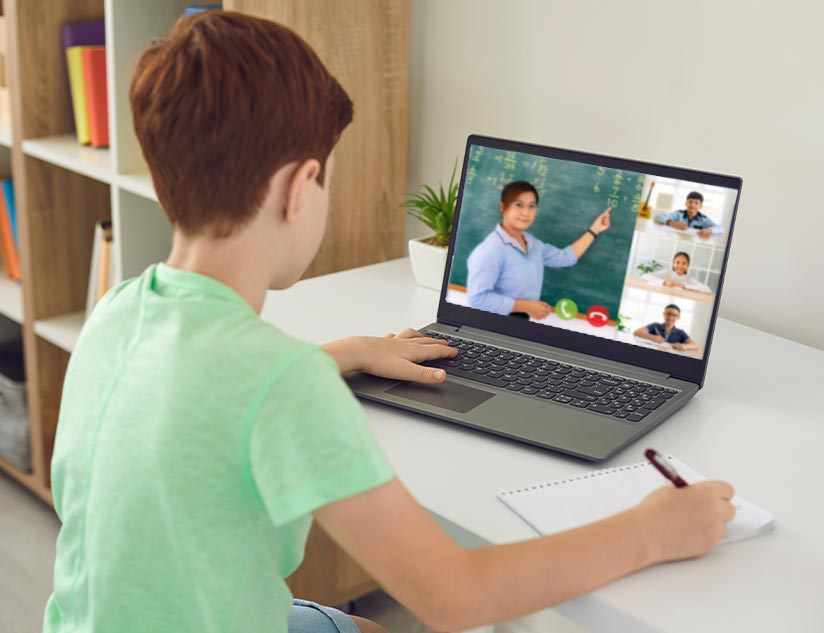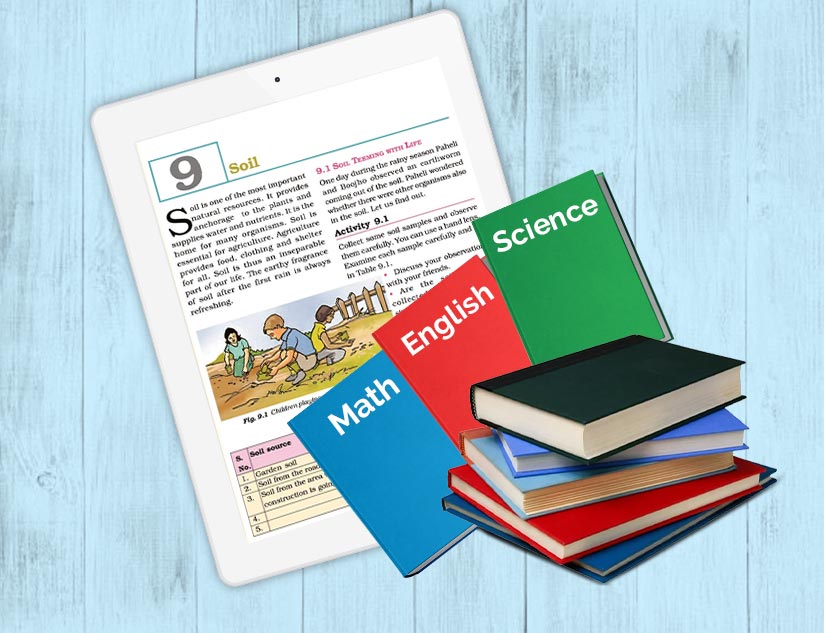How Multilingual Digital Learning Platforms Can Transform the State of Global Education
April 14th, 2023
UNESCO raised a serious concern at the Transforming Education Summit (TES) in September 2022, revealing that 40% of the global population cannot access education in a language they speak and understand. As a result, one of the six calls to action at the summit was to provide quality education with equity, inclusion, and relevance to children and youth via digital learning media.
Online learning platforms are effective instruments to address the global learning crisis and achieve the SDG-4 goals by 2030. Therefore, public digital learning platforms have been urged to facilitate the transformation. Providing multilingual content is one of the key elements of this change, as mentioned in the call to action.
Benefits of Offering Multilingual Content
The summit’s report mentions that multilingual education can help preserve culture and safeguard indigenous traditions. It can also help in including marginalized families, learners, and teachers. Moreover, it assists pupils’ brains in building additional connections and instills strong belongingness to the community beyond linguistic (and other) differences.
Offering multilingual learning content via eLearning platforms has multiple other benefits, such as:
- Ensuring Inclusivity: Offering multilingual online education helps incorporate more educators into the online learning ecosystem. This boosts diversity within the education system and instills a sense of inclusiveness among students and teachers.
- Ensuring Compliance: Multilingual course materials help ensure compliance with the diverse regulations across states and countries, especially those that mandate education in the mother tongue and its use for teaching at the elementary level (PK-5). It also enhances the adoption rates of EdTech products.
- Expanding Your Target Market: Multilingual educational content expands the addressable target audience and reachable learners. This directly affects usage volume and revenues.
- Including Multilingualism within Content Design: Creating content inherently designed keeping the diversity of languages and cultures in mind reduces time to market while entering new regions and gains user confidence from the beginning.
Challenges of Multilingual Digital Learning
Like TES, the theme for the UNESCO International Mother Language Day 2023 was Multilingual Education – A Necessity to Transform Education. However, digitally delivering learning materials that resonate with the mission has challenges.
- Managing the Complexity of Content
Educational content is often complex, and a direct translation into another language may not suffice to address the nuances of a dialect. It might even overlook the understanding levels of the learner. For instance, level-2 content in the US, with advanced learning facilities, might not meet the needs of a level-2 student from a region with poor educational facilities.
- Keeping the Content Up To Date with Regulations
With regular regulatory updates, keeping educational content relevant and compliant across regions can be a challenge. Also, content developers must be aware of the distinct cultural nuances and incorporate them into the learning material seamlessly and promptly.
- Need For Multi-Dimensional Expertise to Manage Diverse Content Formats
Video and audio content, widely used and relied upon in online learning, must accommodate phonetic and visual distinctions across regions. This involves extensive technical, linguistic, and educational expertise.
- Positioning Yourself in the Global Market
Educating teachers, lesson planners, and ePublishers about the needs and tools to meet the requirements of the dynamic multilingual global education ecosystem is critical.
- Ensuring Multilingualism Across Processes and Learner Stages
Multilingualism is not limited to educational content. It will be extended to assessments, feedback, and reports, especially those shared with learners’ parents. Additionally, all communication about lesson availability, examination schedules, and syllabi must be available in languages the learners or their parents understand.
After all of the above, maintaining the affordability of the digital learning solution while ensuring integration capabilities with the dramatically divergent learning environments across communities is a latent challenge.
Strategies for Effective Multilingual Digital Learning
EdTech companies need to partner with a technology provider that offers the right tools and a knowledge base of education functions at the core level across regions.
Incorporating advanced authoring tools that empower lesson creators with templates and suggestions can accelerate content creation.
Further, having a content management platform with the capacity to handle dynamic language transitions for live and recorded sessions is essential. Finally, there is a need to enable remote, classroom, and individualized learning that aligns with the curriculum and seamlessly addresses the concerns of the global learning crisis.
MagicBox’s Multilingual Digital Learning Solutions
The multi-award-winning digital content creation and distribution platform, MagicBox™, is a torchbearer in revolutionizing the EdTech space through multilingual support. The advanced learning platform has tools to build standardized curricula, ensure compliance, author multilingual content, and provide accessibility support.
For instance, the assessment module of MagicBox™ is equipped with hyper-personalizable, interactive assessments that take into account all learner needs. It facilitates the creation of multilingual assessments across diverse question formats, such as multiple choice questions, drag and drop, descriptive questions, audio recording, and interactive video Q&As. In addition, video assessments give edtech platforms an edge, eliminating language barriers via AI-powered transcription facilities.
MagicBox™ is a global leader in mobilizing the EdTech ecosystem to meet DEI requirements with its 360-degree solutions for content creation, rostering, and learning management. Additionally, its learning analytics engine empowers users to gauge learning efficacy and apply improvement measures that can evolve with the dynamic learning requirements.
Contact our team today to learn more about how MagicBox™ can help your EdTech/publishing business expand globally.


